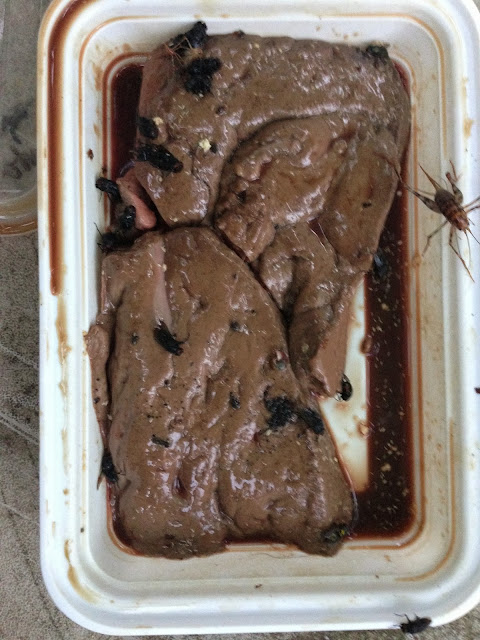This simple physical exercise/simulation helps the students grasp the way time and substrate concentration change the rate of reaction in enzyme mediated reactions. A blind folded student plays the role of an enzyme, the enzyme must grasp the correct size piece of paper and half it to successfully form a new product.
To illustrate how the rate of reaction changes over time, the student is presented with a bowl of 100 pieces of paper to "catalyze". Every 20 seconds the student's partner tallies the total number of substrate consumed.
To illustrate how the concentration of the substrate might alter the rate of reaction, the paper slips (substrate) are mixed in with 100 paper clips, which represent another molecule in the substrate's environment. The student enzyme has 20 seconds to catalyze as many molecules of substrate they can in the time period. They begin with 10 paper slips (substrate) and 100 paper clips. In each subsequent try an addition 10 slips are added. So the second run has 20 paper slips and 100 paper clips.
 |
| Will readies himself for the arduous role of enzyme while his partner Paul prepares to tally his catalysis ability. |
 |
| Ted taking a break from catalysis. |
 |
| Lilia is hard at work changing substrate into products as Briana tallies her successes. |
 |
| A closer look at a bowl in the substrate concentration phase of the simulation. The original exercise called for using toothpicks as the substrate!!! The paper strips are more "finger-friendly". |
 |
| At the end of the lab, Andrew shows that he can truly think outside of the box, using his excess paper strips to fashion a cell phone toting basket !!!! |
 |
| Look at what I made!!!! |




























